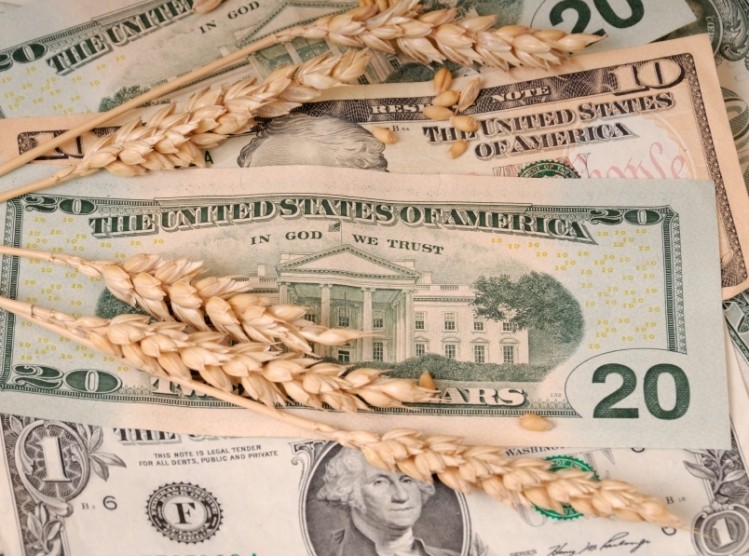Wheat price spikes will protect manufacturers in the long-run: Analyst

Around 70% of the world’s feed grain is maize, but after a lengthy US drought eyes have turned to wheat for feed use.
Jack Watts, senior market analyst for the Agriculture and Horticulture Development Board (AHDB) and the Home Grown Cereals Association (HGCA), said this has led to a clear difference in pricing between feed and food wheat.
“The spread between quality wheat for human consumption and feed wheat prices is widening,” Watts told BakeryandSnacks.com.
“But it is critical that this happens to conserve supplies. Higher prices do form part of a healthy market; it ensures supply security,” he said.
“The price spikes are an attempt to conserve supplies for food manufacturers so that the animal feed market doesn’t swap from maize to wheat,” he added.
This heightened market is set to stay until the 2013 crop arrives, he noted, at which point a healthy harvest could calm prices.
Protective pricing
The price of feed wheat in the UK is £20 ($32) more than US maize and the price of full-specification wheat for human consumption in the UK is around £65 ($104) more expensive, priced at £250 ($401) per ton, he said.
“This pricing spread is a trend that is starting to happen globally but it is more pronounced in the UK because of the dreadful summer season in this country.”
“Although we are starting to see the trend emerge, it is not necessarily a critical situation at the moment. We are not in a wheat crisis but the market is just starting to put some distance between these commodities,” he added.
Stuck between a rock and a hard place…
Watts said that there are clear supply chain pressures for bakery and snack manufacturers with higher wheat prices, worsened by an unsteady economic climate and the competitive nature of retailers.
“The challenge for manufacturers is to pass on these costs through the supply chain. They must attempt to keep profitability up while maintaining a competitive edge. They are stuck between a rock and a hard place,” he said.
Firms must purchase wheat and agree an end product price with retailers simultaneously to cope with all the market forces, he said.









